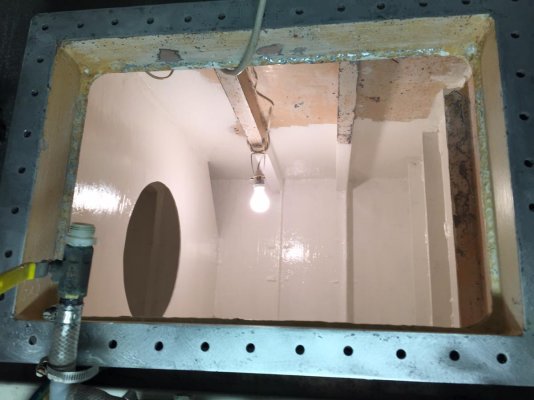Deano
Senior Member
Previous owners of our boat have neglected corrosion control in the engine room. My winter task is to get things cleaned up and painted. The engine, mounts and drives are terribly rusted.
Good surface prep is going to be a challenge due to access issues.
I've used POR 15 before on restoration projects but never in a marine environment. It is the only product I'm aware of that really works on heavily rusted metal.
Your thoughts or experiences are appreciated.
Good surface prep is going to be a challenge due to access issues.
I've used POR 15 before on restoration projects but never in a marine environment. It is the only product I'm aware of that really works on heavily rusted metal.
Your thoughts or experiences are appreciated.

